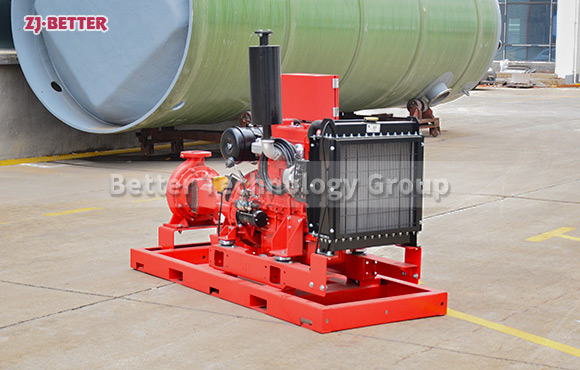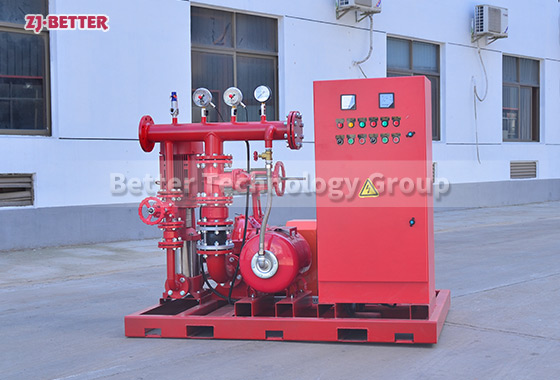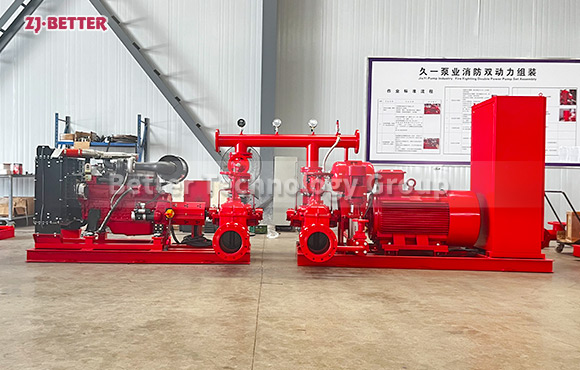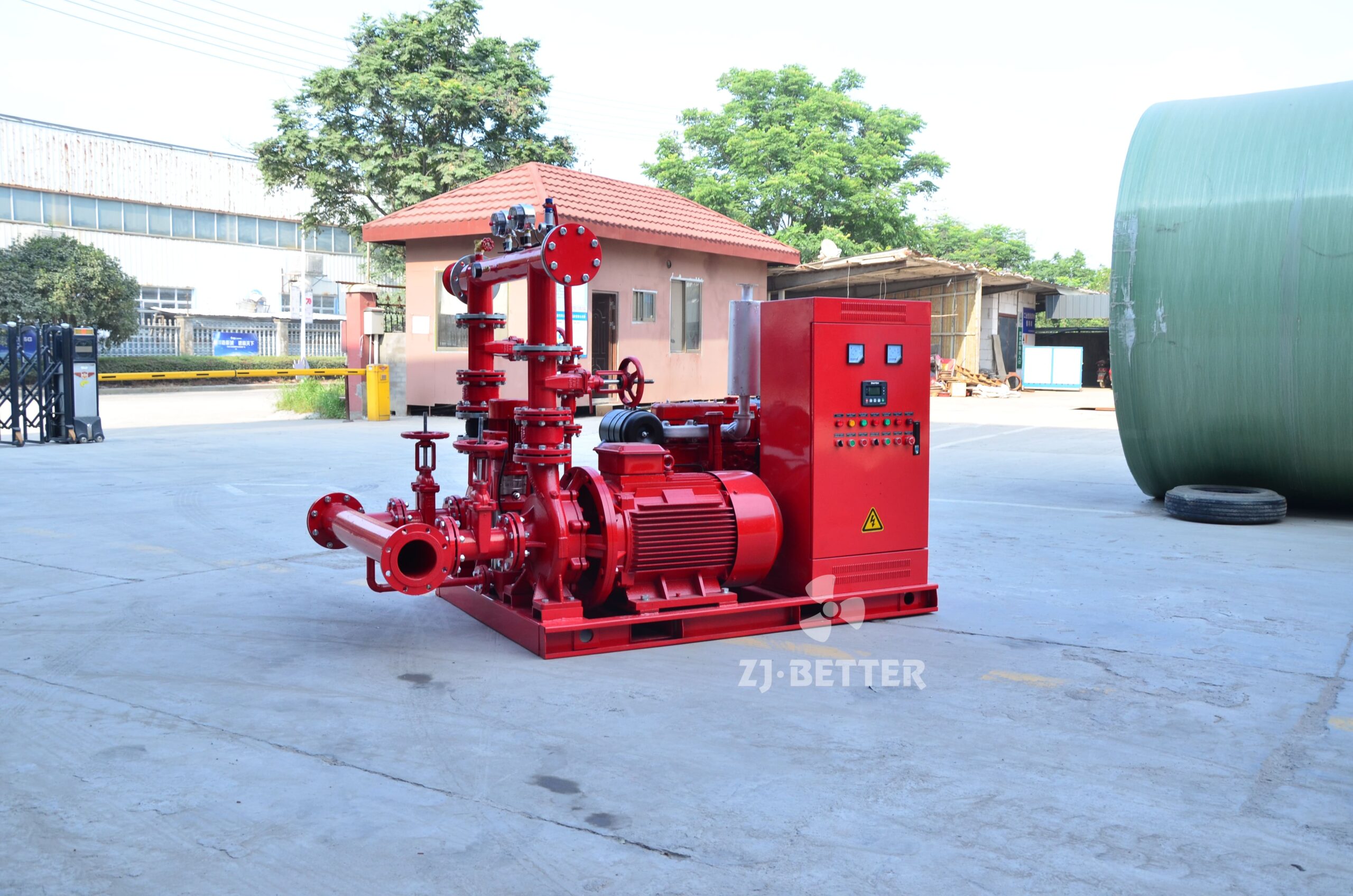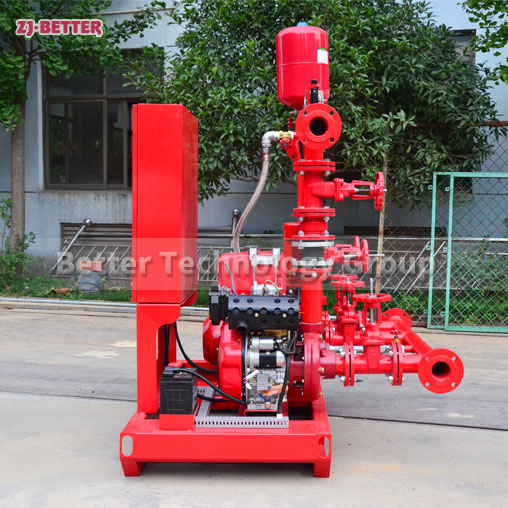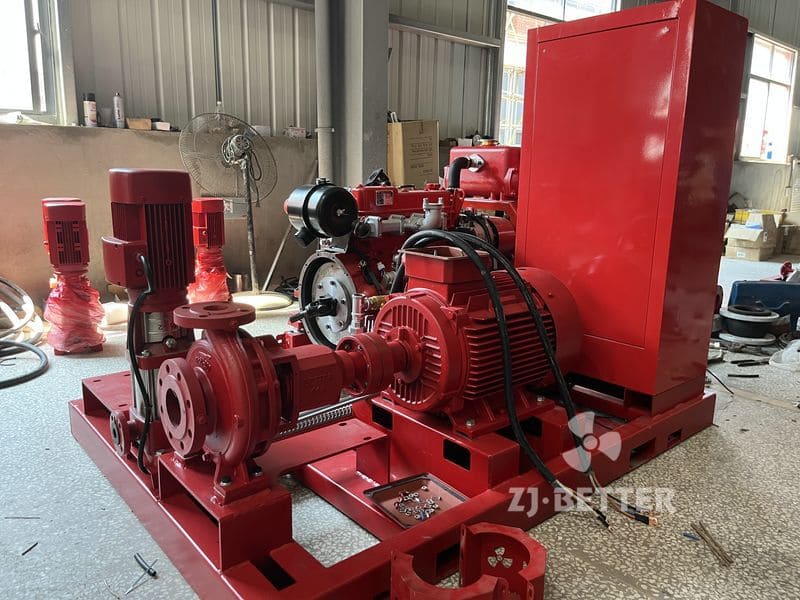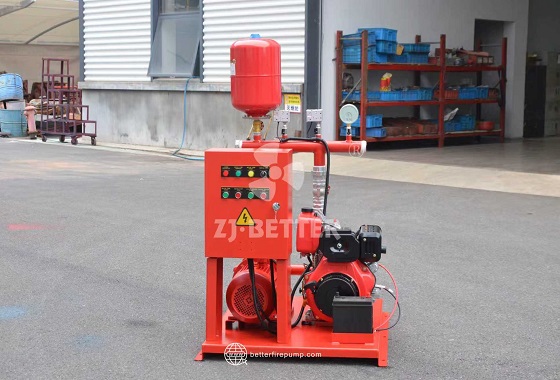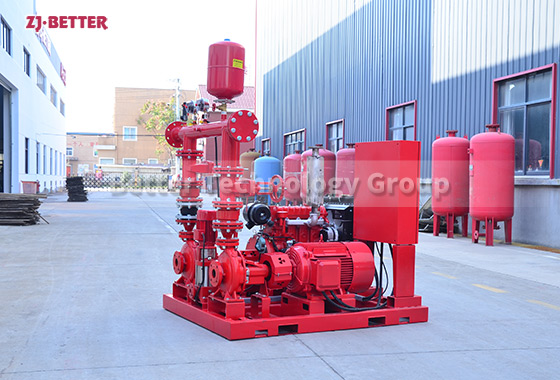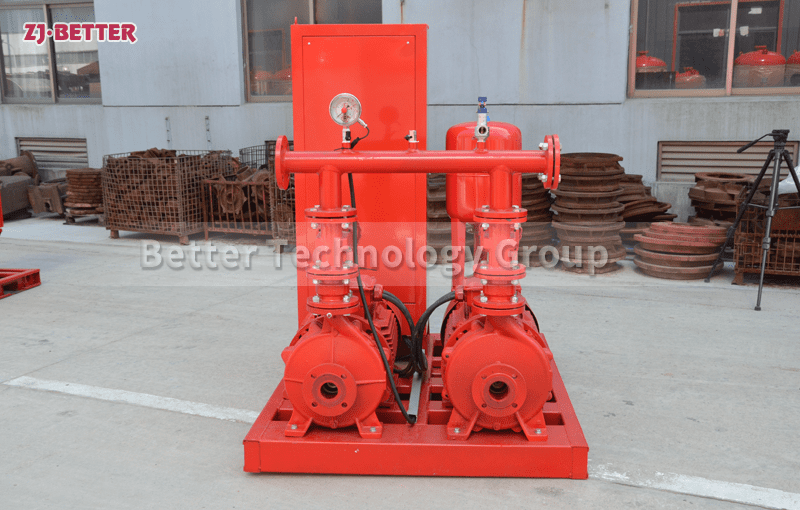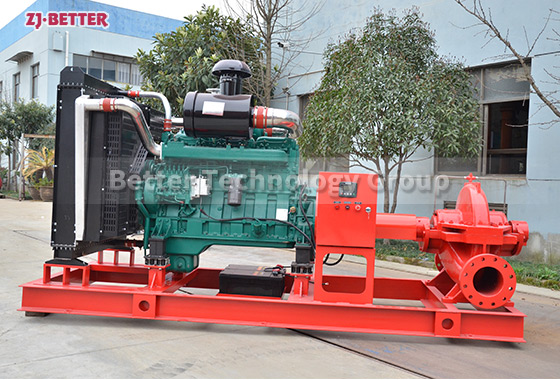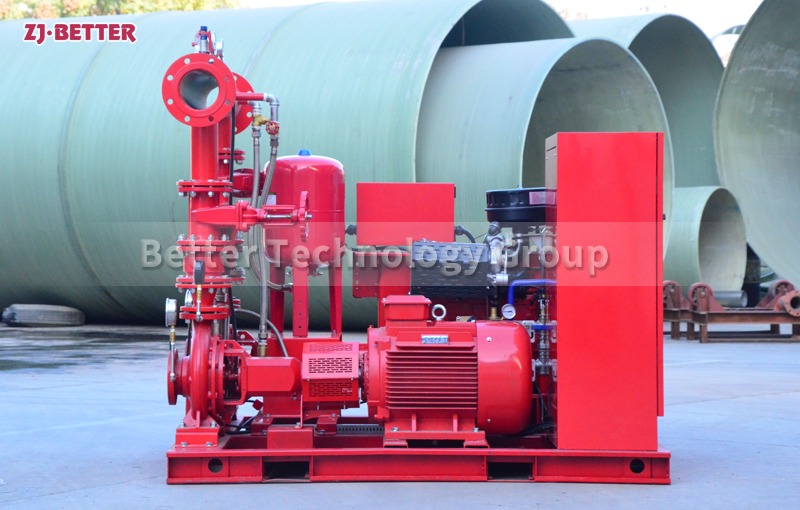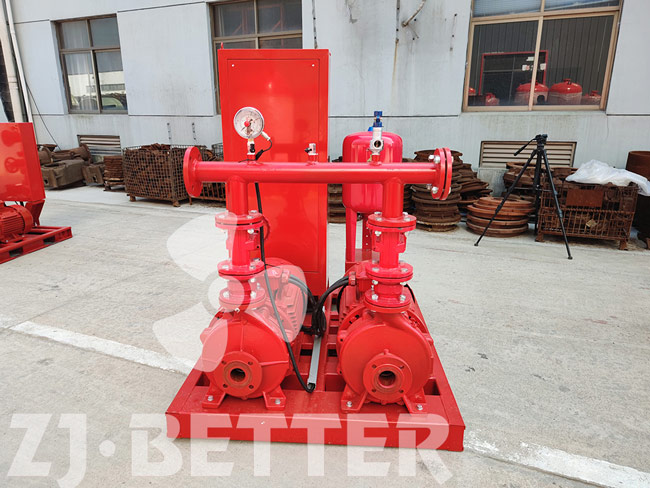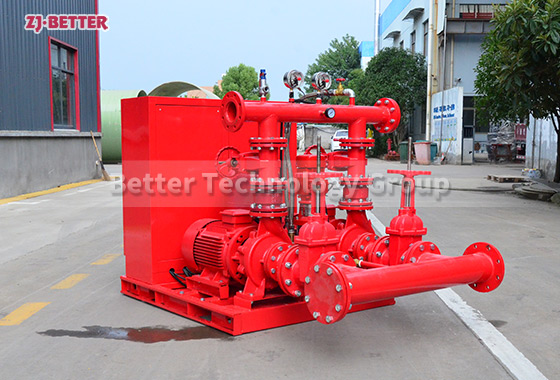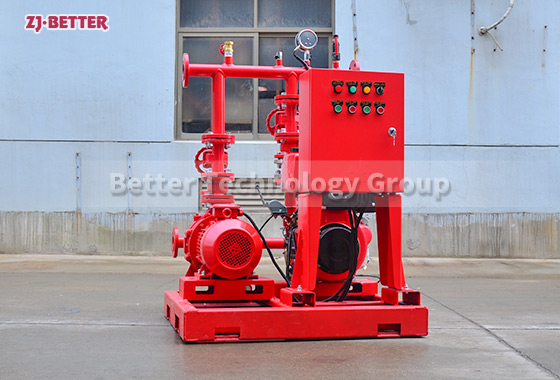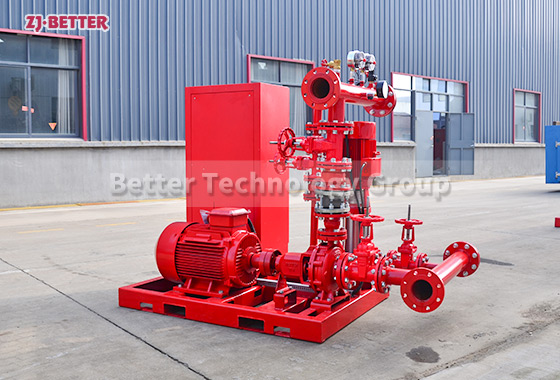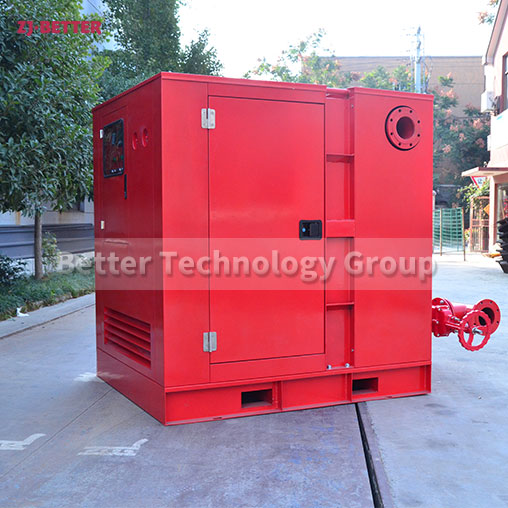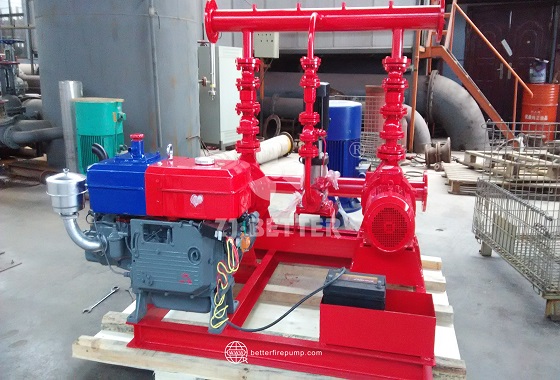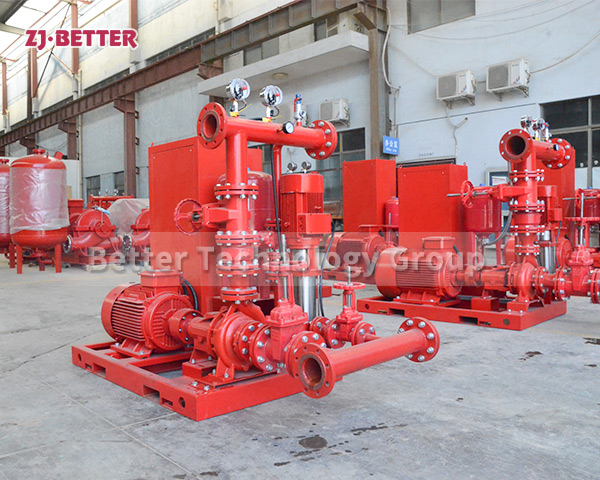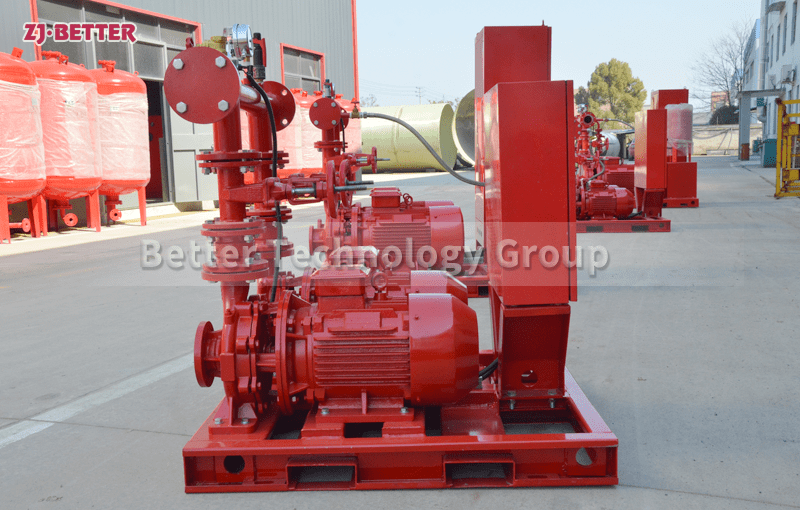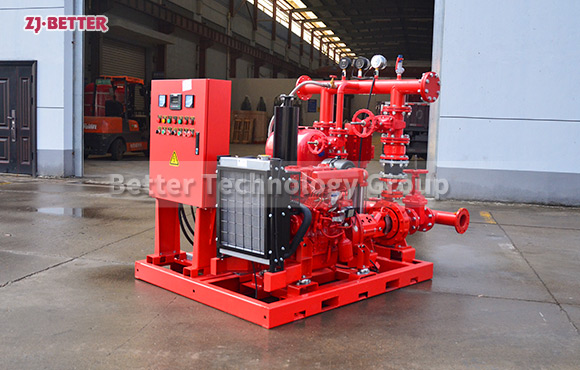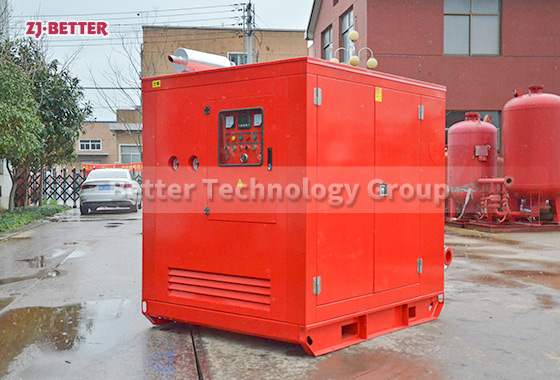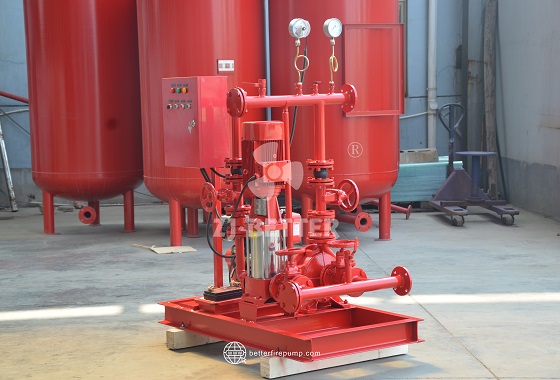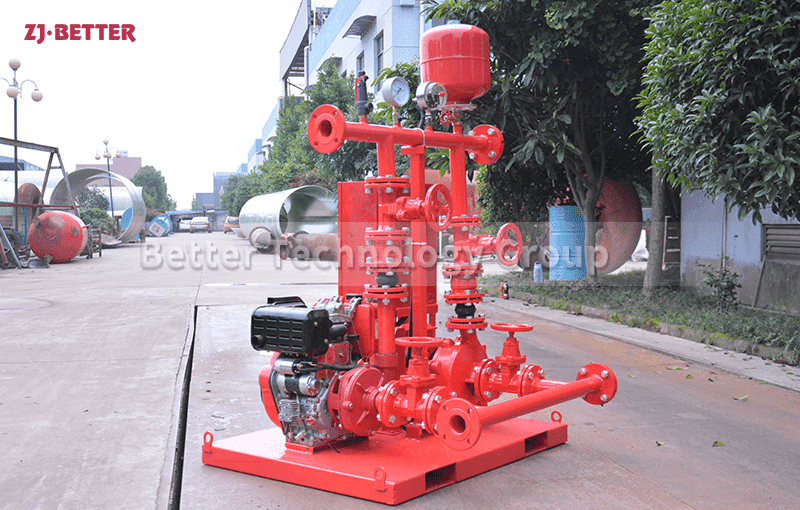How to clean the fire pump daily?
1. Visually inspect the fire pump for any signs of damage or leaks.
2. Check the oil level and add oil as necessary.
3. Check the suction and discharge valves for proper operation.
4. Check the inlet and discharge pressure gauges for accuracy.
5. Check for any foreign objects in the suction and discharge piping.
6. Inspect the fire pump for any signs of corrosion or wear.
7. Lubricate all bearings and drive components.
8. Check the electrical connections for any signs of corrosion or wear.
9. Clean the exterior of the fire pump and its components with a damp cloth.
10. Test the fire pump to ensure its proper operation.
1. Visually inspect the fire pump for any signs of damage or leaks.
2. Check the oil level and add oil as necessary.
3. Check the suction and discharge valves for proper operation.
4. Check the inlet and discharge pressure gauges for accuracy.
5. Check for any foreign objects in the suction and discharge piping.
6. Inspect the fire pump for any signs of corrosion or wear.
7. Lubricate all bearings and drive components.
8. Check the electrical connections for any signs of corrosion or wear.
9. Clean the exterior of the fire pump and its components with a damp cloth.
10. Test the fire pump to ensure its proper operation.


